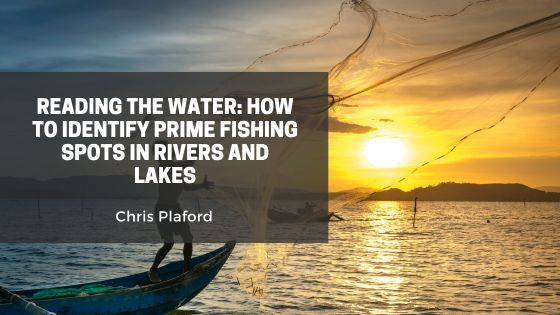One of the most valuable skills an angler can develop isn’t tied to gear or bait—it’s the ability to read the water. Knowing how to identify prime fishing spots in rivers and lakes can significantly improve your success rate. While casting randomly may occasionally produce results, experienced anglers understand that fish are drawn to specific areas for food, shelter, and protection. By learning to read natural water features, you can turn any outing into a more strategic, rewarding experience.
Understanding Fish Behavior
Fish are creatures of habit, often found where they feel safe and where food is readily available. This means they favor spots that offer cover from predators and current, such as submerged structures, drop-offs, or shaded areas. They also gravitate to zones where water conditions help concentrate prey, such as insects or baitfish.
In both rivers and lakes, fish behavior is guided by environmental factors like water temperature, oxygen levels, and the availability of food. Reading the water allows you to predict where fish are likely to be at any given time, instead of relying on luck.
Key River Features to Target
Rivers offer unique dynamics due to flowing water. Fish in rivers need to conserve energy, so they often position themselves in areas where current is reduced but food drifts nearby. Here are some features to watch for:
- Eddies: These are circular currents formed behind obstacles like rocks or logs. Eddies provide calm water where fish can rest while still having access to drifting food.
- Seams: A seam is where fast water meets slow water. These transition zones are hotspots for fish waiting to ambush prey being carried downstream.
- Pools and Deep Runs: Deeper stretches of a river, especially near bends, offer cooler water and protection, making them prime holding spots for larger fish.
- Undercut Banks: These natural hiding spots provide shade and protection, particularly in sunny conditions or when fish feel threatened.
Prime Lake Locations
Unlike rivers, lakes don’t have a steady current, so fish movement is more influenced by structure and seasonal changes. Here’s what to look for:
- Drop-offs and Ledges: Sudden changes in depth attract fish because they provide quick access to deep and shallow areas. These are especially productive in warm weather when fish seek cooler waters.
- Weed Beds: Aquatic vegetation offers both cover and a rich source of food. Predatory fish often lurk near the edges, waiting to strike.
- Points and Humps: These underwater features disrupt the lake bottom and often act as feeding stations. Fish travel along these natural structures, especially during low-light hours.
- Inlets and Outlets: Areas where water flows into or out of a lake bring in oxygen and food, attracting fish of all sizes.
The Role of Observation
Water clarity, surface activity, bird behavior, and even insect hatches can provide clues about where fish are feeding. Learn to observe before casting. Look for ripples, swirls, or jumping fish. Watch for diving birds or insect clouds near the surface.
Conclusion: Fish Smarter, Not Harder
Mastering the art of reading the water is essential for consistent fishing success. By understanding how water features and fish behavior intersect, you can make informed decisions, target productive zones, and ultimately enjoy more fruitful days on the water.
